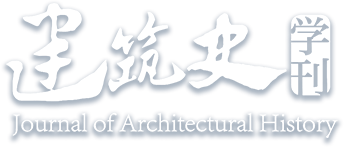Abstract:
The paper focuses on early (1940s-1960s) attempts to categorize Chinese architectural history. After preliminary data was gathered, the question of “how to categorize/classify the objects under investigation into various categories” became a crucial issue for writing a narrative from a holistic perspective. During this period, three pioneers of Chinese architectural history studies, Liang Sicheng, Liu Dunzhen, and Liu Zhiping, approached this challenge in different ways, and their problem-solving strategies contributed to the advancement in the field. Through detailed analysis of their academic writings, the paper explores the rationale for writing against their academic backgrounds and the diffiffifficulties they encountered during the stage of writing.


 下载:
下载: